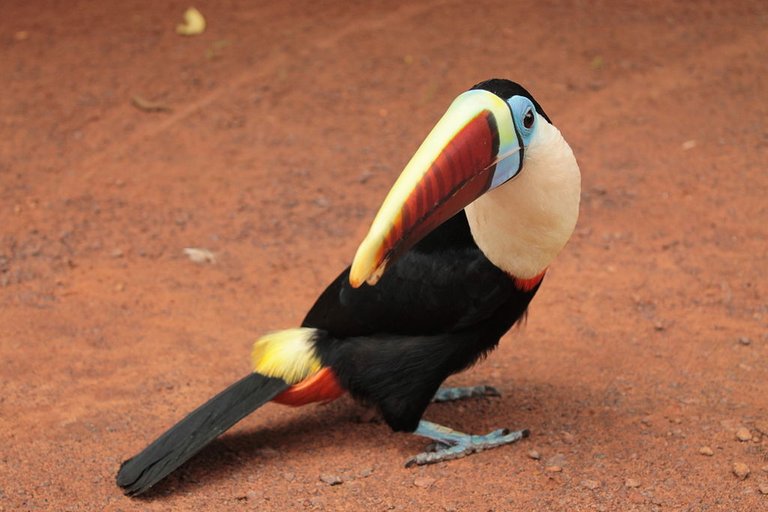
Image facilitator: https://www.google.co.ve/search?q=canaima+venezuela&source=lnms&tbm=isch&sa=X&ved=0ahUKEwio-JXv7-LcAhWSyaQKHVrTCz4Q_AUICigB&biw=1366&bih=662#imgrc=OvLWByjJ6GwtUM:
Canaima Venezuela
It is a National Park located in the Bolivar state, Venezuela. It was founded on June 12, 1962 and declared a World Heritage Site by Unesco in 1994.
Due to its large size it is considered the thirteenth largest national park in the world. Competing with its magnitude with the different national parks as they are:
Northeastern Greenland National Park (Greenland / Denmark)
Wrangell-San Elías National Park and Reserve (United States)
Namib-Naukluft National Park (Namibia)
Búfalo de los Bosques National Park (Canada)
Tumucumaque Mountains National Park (Brazil)
Parima-Tapirapeco National Park (Venezuela)
Kgalagadi Transfrontier Park (South Africa and Botswana)
Quttinirpaaq National Park (Canada)
Salonga National Park (Democratic Republic of the Congo)
Bernardo O'Higgins National Park (Chile)
Puertas del Arctic national park and reserve (United States)
Beringuia National Park (Russia)
About 65% of the park is occupied by rock plateaus called tepuyes. These constitute a unique biological medium, also presenting a great geological interest. Its steep cliffs and its waterfalls (including Angel Falls, which is the highest waterfall in the world, at 1283 m).
Fauna
Canaima has a very varied fauna, which is distributed throughout the park according to multiple environmental factors such as height and type of vegetation. Among the species that we can find are:
• Giant armadillo (Priodontes maximus)
• Giant water dog (Pteronura brasiliensis)
• Giant anteater (Myrmecophaga tridactyla)
• Puma (Puma concolor)
• Jaguar (Panthera onca)
• Two-toed sloth (Choloepus didactylus)
• Widow monkey (Pithecia pithecia)
• Orinoco capuchin monkey (Chiropotes satanas)
• Endemic rodent of the Roraima tepuy (Podoxymys roraimae)
• Marsupial endemic to the tepuy (Marmosa tyleriana)
• Harpy Eagle (Harpya harpyja)
• Dwarf Macaw (Ara nobilis)
• Purple parrot (Pionus fuscus)
• Mining sapito (Dendrobates leucomelas)
• Caribbean Iguana (Iguana delicatissima)
• Hummingbird (Trochilinae)
• Various species of Tucan (Genus Ramphastidae)
• Snake Cuaima-Piña (Lachesis muta)
• Various species of parrots and macaws
(Ramphastos tucanus) in Canaima
Flora in the park.
Relief
The only form of relief are the tepuyes, which are plateaus with unequaled characteristics, among which stand out their vertical walls and their almost flat tops, although there are several tepuyes that do not comply with these rules. Geologically they constitute remains of a sedimentary cover formed by very old sandstone that is superimposed on a base of igneous rocks (granite, mainly) that is even older (almost 3,000 million years). On its summits inhabits a very important amount of very specific endemic species, both plants and animals. Some endemic plant species are categorized as "carnivorous", which find in this way, a provision of food (insects, mainly) that are so scarce in the summits. These formations have a geological age that ranges between 1 500 and 2 000 million years, which makes them one of the oldest formations on the planet. The best-known tepuyes are: the Auyantepuy (from where the Angel Falls), El Roraima, El Kukenan and El Chimantá among many others. The mountain range of Rinocote, is a mountainous formation the same one includes from Mount Roraima, including the mountain ranges of Supamo and Carapo. The mountain range is covered in part by a dense forest typical of the Guyanese shield.

Image facilitator: http://michelleuz.com/2018/04/12/salto-angel-el-mas-alto-del-mundo/canaima-venezuela-michelleuz/

